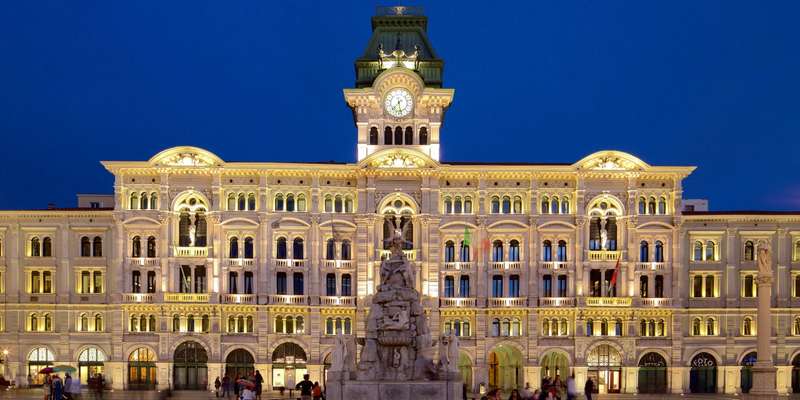- Home
- Useful Tips
- Best spots for capturing...
Trieste's Art Nouveau architecture is a photographer's dream, yet most visitors miss its hidden masterpieces. Over 70% of travelers cluster around the same three well-known buildings, leaving quieter, equally stunning facades unexplored. The frustration of returning home with generic shots is real – especially when Instagram feeds fill with identical angles of the Palazzo della RAS. Locals know the city holds over 50 Art Nouveau treasures, but without insider knowledge, you'll waste precious vacation time circling crowded streets. Morning light hits certain ironwork details perfectly, while afternoon shadows bring out floral motifs others overlook. This isn't just about finding buildings – it's about capturing their soul before the tour buses arrive.


Avoiding the crowds at Trieste's most overphotographed spots
The Palazzo della RAS on Piazza della Borsa draws every passing tourist, but its grandeur comes with constant foot traffic and harsh midday reflections. Savvy photographers arrive at dawn when the rose-colored facade glows in soft light, with bonus reflections from the wet-stone pavement after street cleaners pass. Two blocks northeast, Via Torino hides lesser-known gems like Casa Smolars with its intricate peacock motifs – shoot these in late afternoon when western light highlights the reliefs. For crowd-free interiors, Caffè San Marco's stained glass shines brightest between 9-10am before the espresso rush. Remember, Trieste's Art Nouveau thrives in residential areas where you'll have wrought-iron balconies and floral doorways all to yourself.
Local-approved angles for iconic buildings
The Palazzo Gopcevich's seahorse-adorned facade demands creative framing. Locals shoot from the diagonally opposite building's staircase for a layered composition incorporating streetcar tracks. For Palazzo Aedes, cross the street to include its reflection in the former Assicurazioni Generali windows – best done on overcast days to avoid glare. Few notice the dolphin-shaped rain spouts at Casa Bartoli; position yourself at the building's northwest corner at 11am when sunlight streams through adjacent alleys. Pro tip: Many buildings have mirror-like marble sections – use these to create double exposures in-camera by adjusting your aperture to f/16 or higher.
Residential neighborhoods hiding secret masterpieces
Venturing beyond the center rewards you with untouched Art Nouveau wonders. The San Vito district's Via Giulia showcases apartment buildings with butterfly motifs and curved glass bay windows – ideal for morning shoots when residents keep shutters open. In Roiano, Villa Necker's forgotten garden pavilion features stained glass visible only from certain angles; come at golden hour when interior lights activate the colors. Don't miss the former Pescheria Centrale's fish-scale tiles in the Old Jewish Quarter, perfectly backlit on sunny days between 2-3pm. These areas require comfortable walking shoes and a willingness to explore, but you'll be rewarded with images no travel brochure shows.
Essential gear and settings for architectural details
Trieste's Art Nouveau reveals its magic in details most cameras miss. A 24-70mm lens captures entire facades while allowing tight shots of ceramic iris flowers above doorways. For intricate ironwork like Casa Brunner's vine-patterned gates, switch to a circular polarizer to reduce glare from polished metal. Shooting raw is crucial for recovering shadows under deep balconies – the contrast between bright stucco and shaded areas often exceeds 10 stops. When photographing stained glass at the Synagogue's dome, set white balance to 'cloudy' to enhance the warmth of vintage glass. Locals keep a lightweight collapsible reflector in their bag for bouncing light into ornate entryways during the city's frequent cloudy spells.



